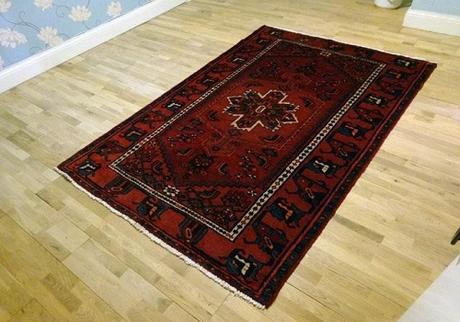Flooring is the final touch for any room in your home. It’s essential to put a lot of thought and consideration into buying carpets and underlay as they are not all created equal. Here are some tips to help you during the process and use a carpet laying cost guide to drum up some figures.
Tip 1: Take the Room into Consideration
Think about the layout of your home. You likely use some of your rooms more than others. To make sure you purchase the best carpets or underlay styles, you should consider how much foot traffic the area receives.
For example, hallways and stairs are busy areas. Twist and loop carpets, such as Berber, can resist a lot of wear and tear. But if you have pets, be careful with look carpets because animals can damage the material with their class. In a bedroom, on the other hand, you may want something softer and more luxurious on the feet. For these rooms, shag and velvet carpets may be the ideal choice.

Tip 2: Always Buy New
While most homeowners don’t give a second thought about buying new carpets, many try to save money by recycling their old underlay. Doing this is not a good option unless the underlay is still somewhat new. Instead, always fit new underlay to help reduce sound, increase energy efficiency, add comfort, and increase the longevity of your new carpets.
It’s possible to buy both new carpets and underlay even if you’re on a budget. Look for human-made materials to help lower the overall cost. Natural fibers tend to be more expensive. You can also purchase a lower weight to help reduce the price further.
Tip 3: Choose the Right Material
Both carpets and underlays come in a variety of materials, each of which presents its advantages and disadvantages. Before you make a decision, you need to do some research to ensure the carpet material you select will last for a long time in the room.
Most carpets are constructed out of natural or synthetic fibres, while some are a mix. Wool carpets are generally very high-quality. This material is both durable and resilient. Polypropylene, a human-made fibre, is often chosen because of its stain resistance. However, it’s also very flammable. Some homeowners prefer a wool-mix, usually, polyamide or polyester, because it provides a luxury feel and is highly durable.
When it comes to underlays, you will want to decide between rubber and foam. Rubber underlay comes in three basic types: sponge, crumb, and felt. Both sponge and felt are soft underfoot; however, sponge underlays may flatten over time. Crumb, on the other hand, is ideal for rooms with a lot of heavy furniture. Foam underlay often comes from polyurethane. It’s budget-friendly and comes in a range of thicknesses.
Tip 4: Know the Tog Rating
The tog rating refers to how much insulation a carpet or underlay provides. A lower number means the material has less padding and vice versa. If you have a room with a cold draught, you’ll want to choose a carpet material with the highest tog rating possible. The same holds if you wish to have the most sound reduction out of your new flooring. However, if you have underfloor heating, it’s best to look for something with a 2.5 tog rating or lower. Otherwise, the underfloor heat won’t effectively warm the entire room.
Tip 5: Take Proper Measurements
Know the exact measurements of your room before shopping for new carpets or underlay. You want to make adjustments for any bay windows, doorways, or alcoves. If you’re uncertain how to measure your room, it may be best to hire a tradesperson to do it for you.
